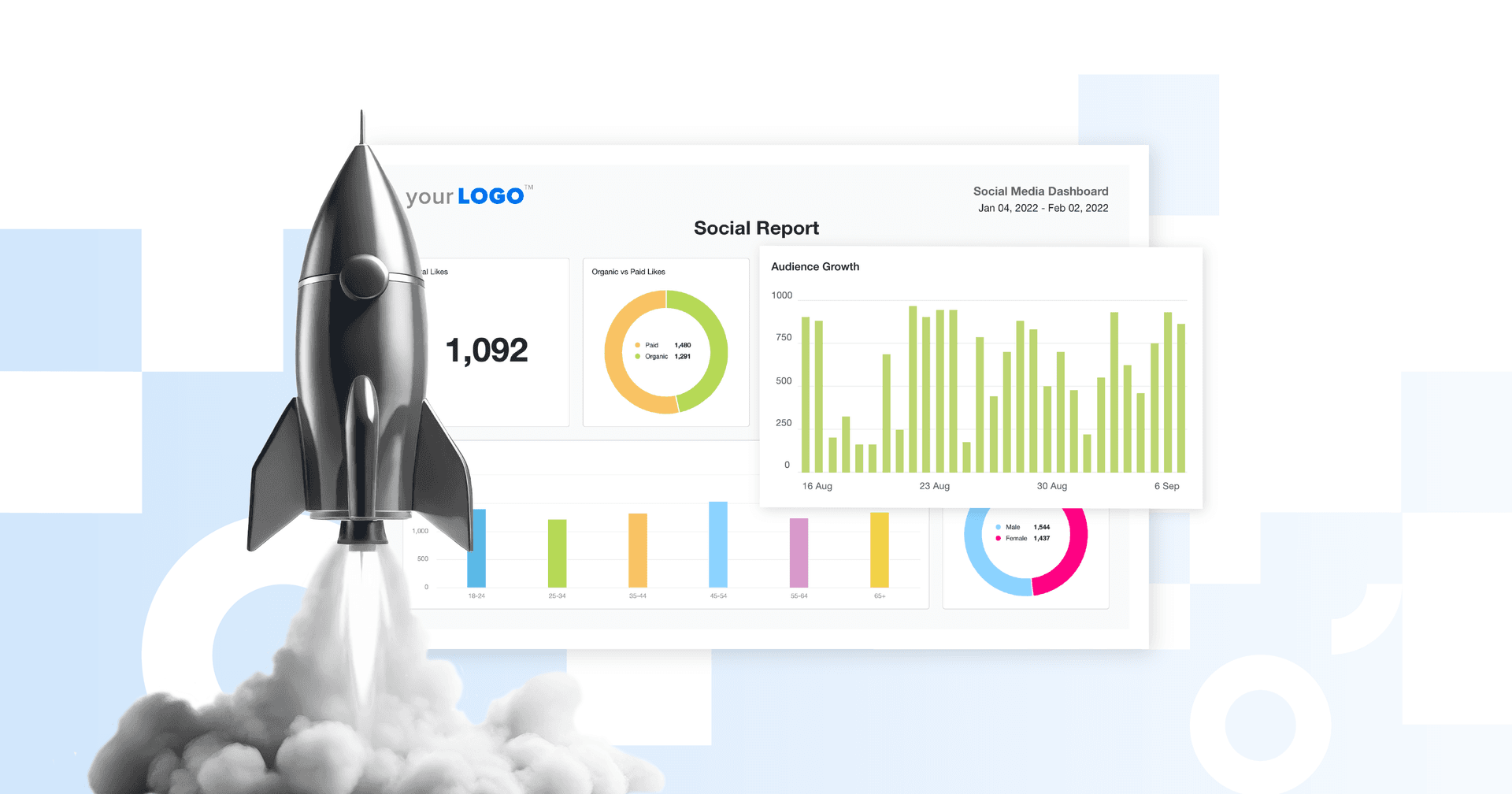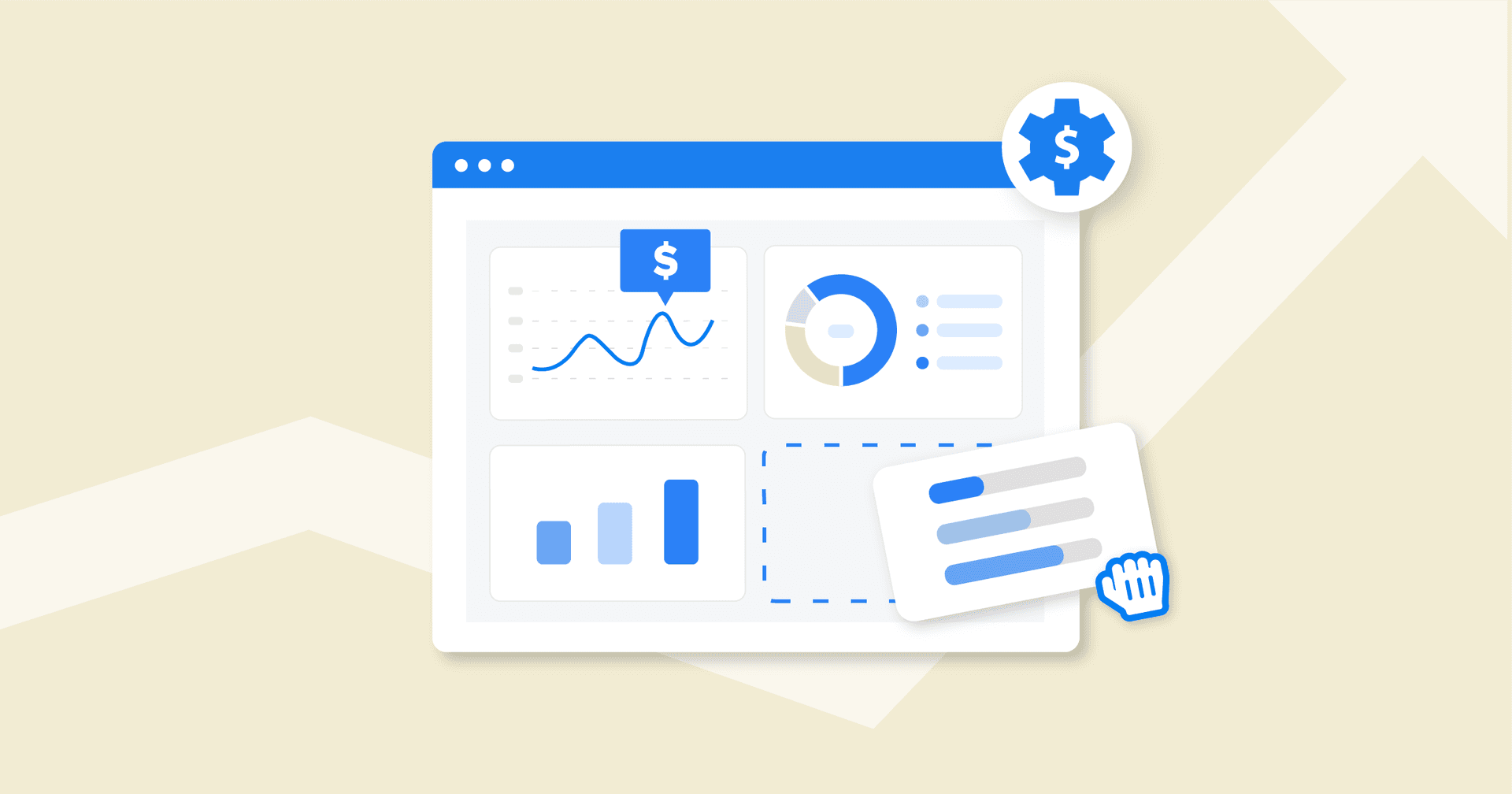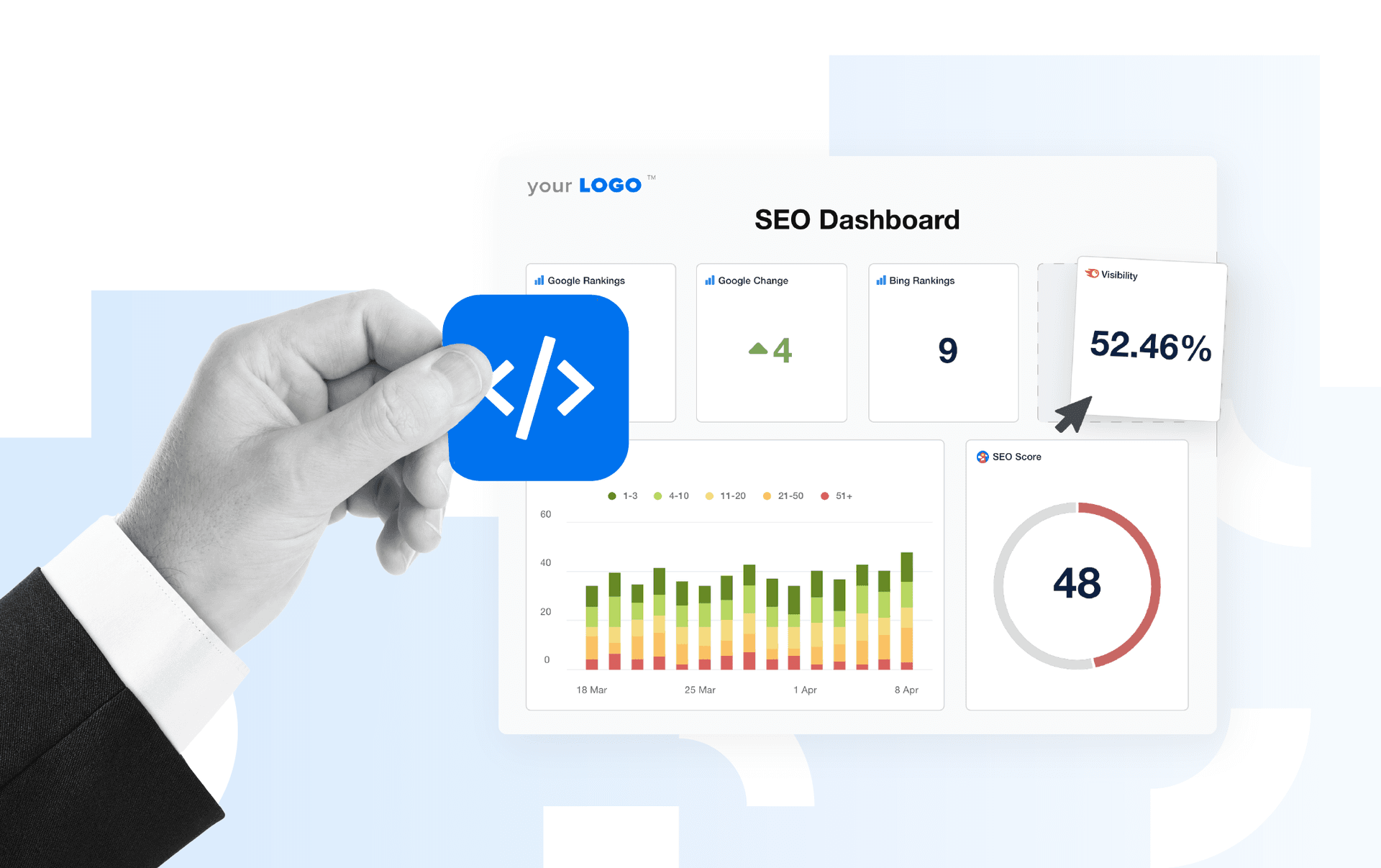Table of Contents
Table of Contents
- The Benefits of Having Legacy Clients
- Understanding the Dilemma With Having Legacy Clients
- The Impact of Underpricing Your Agency’s Services
- How To Raise Your Agency’s Prices for Legacy Clients
- What To Do if a Legacy Client Rejects the Price Hike
- How to Exit From Legacy Clients You No Longer Want to Work With
- Value Your Legacy Clients, but Also Know Your Agency’s Worth
7,000+ agencies have ditched manual reports. You can too.
Free 14-Day TrialQUICK SUMMARY:
Updating legacy pricing for some of your most senior clients, while maintaining their loyalty, requires strategic communication and the ability to demonstrate agency value. This article outlines what is a legacy client, how to adjust legacy pricing, and ways to help clients recognize the enhanced benefits and support that accompany an agency's new rates.
Are you feeling the frustration of outdated–and far lower–rates from your legacy clients? Remember when they were your saving grace, kickstarting your agency's journey and making it all possible?
But now, while you charge others significantly more, these clients remain attached to their below-market-value rates. As a result, your agency margins suffer, hindering your ability to take on more lucrative clients.
It isn’t the easiest conversation to have, and you may have doubts about aligning these long-time customers with your new pricing strategy. It is one of the most challenging aspects agencies often face is transitioning their clients from legacy pricing to new, updated pricing structures. This delicate task, if not handled properly, can lead to the loss of long-term accounts. But guess what? With the right strategic approach, it’s more than possible.
In this article, we’ll unveil the tactics to successfully transition legacy clients to your new pricing, retain their accounts, and even upgrade their services.
Read on to learn about:
The Benefits of Having Legacy Clients
There are more than a few advantages of having legacy clients–let’s explore them in detail.
1. Having the Time To Build Strong Agency-Client Relationships
Strong relationships lie at the heart of every thriving agency. And having legacy pricing is an opportunity to:
Learn their nuances and brand styles more intricately (e.g., graphic design preferences)
Refine your ideal client profile (ICP) based on real-life experience (especially if you’re looking to attract similar clients)
Come up with your own unique formula for client retention
Partner with your clients and invest in their growth (as opposed to just being a one-off service provider)
Our focus is on relationships. Our growth and success are based on building long-term client relationships and making them successful. With a strong focus on multi-channel SEM, we have helped our clients grow, and we boast an average retention rate of 7+ years! We aren't just an agency, we truly work to integrate and become part of our clients' internal teams.
Rony Mirzaians, Managing Partner, Softline Solutions
2. Creating Trust and Confidence in Your Agency’s Abilities
Relationship-building aside, having legacy clients means being a more integral part of their long-term business strategies. The more you understand your clients’ brands, the better you become at delivering sustainable results.
Take Pennsylvania-based agency LeaseMyMarketing, for example. Within just one year, their medical client’s valuation skyrocketed from $0 to $1M. This led to greater trust in their agency’s ability and even resulted in their client taking a recurring marketing package.
We asked what their goals were and reverse-engineered what strategies they would need. This is just one example that demonstrates an exclusive, ongoing client relationship delivers a strong ROI in the long run. By having the client sign on for recurring management services, we get to know them better, provide better recommendations, and have an overall better experience.
Adam Allen, Founder of LeaseMyMarketing
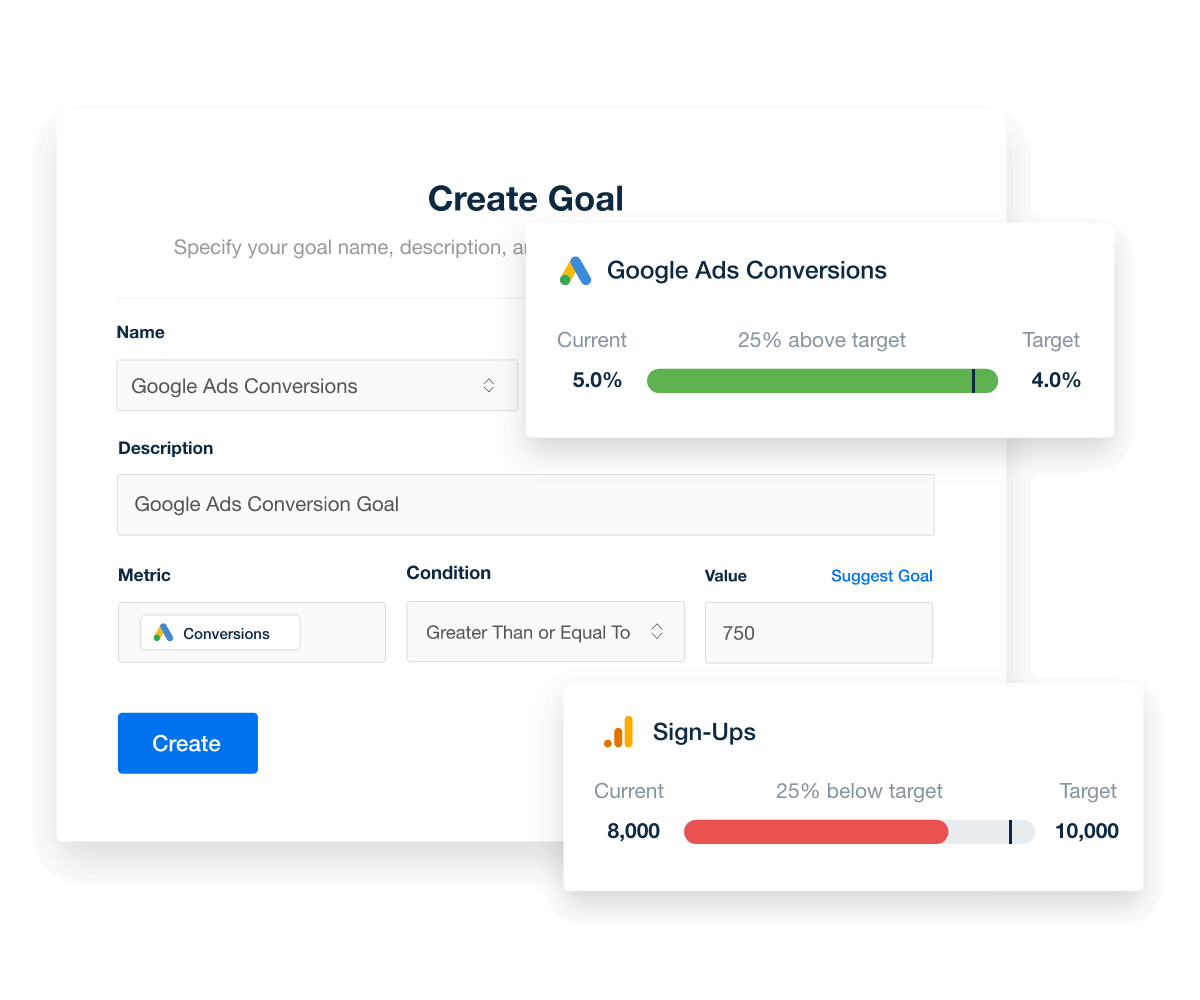
Visualize your clients’ marketing progress and increase retention by showing the value your agency brings with each client report. Set your agency up for long-term success by investing in AgencyAnalytics–it’s free for 14 days.
3. Getting Word-Of-Mouth Referrals
Having clients with legacy pricing must mean you’re doing something right! As a result, your long-standing clients may even be loyalists that advocate for your agency’s brand.
Even so, legacy clients are often overlooked resources for providing word-of-mouth referrals. But what happens when they beam about your agency’s services? More business for your agency and increased credibility.
Referral marketing has been a game-changer for our agency. By incentivizing our existing customers to refer their friends and family to our services, we have tapped into a highly engaged and receptive audience.
Adam Binder, Founder & CEO of Creative Click Media
4. Having a Predictable Revenue Source
Finding new clients involves many moving parts, such as ramping up PPC efforts, doing sales outreach, and creating a solid brand presence. Which increases your CAC. That said, it often requires significant investments from your agency (both time and resource-wise).
Having legacy clients means getting predictable recurring revenue and less time searching for new business (if you’re not focused on outreach, that is).
Retaining existing customers is often less expensive than acquiring new ones. By focusing on personalized communication, upselling, and cross-selling, we have increased the lifetime value of each customer and reduced our overall CAC. This has led to a lower CAC, as we are able to acquire new customers at a lower cost through word-of-mouth marketing.
Adam Binder, Founder & CEO of Creative Click Media
But while it’s certainly reassuring to have clients with legacy pricing, it doesn’t mean you shouldn’t plan in the event of agency churn.
As a best practice, check in with your long-standing clients to ensure you’re continuing to meet their marketing goals. At the same time, create programs that will continue to fill the pipeline so that your agency is running at peak capacity and efficiency.
Understanding the Dilemma With Having Legacy Clients
While having legacy clients is always a plus, it’s also challenging to have that “Hey, we’re raising prices!” conversation.
It’s especially sensitive with clients with legacy pricing, as you’ve already established a long-term business relationship and don’t want to ruffle feathers. It’s normal to experience:
Guilt for increasing agency pricing for the very clients that have made your success possible in the early days
Fear that even mentioning a price hike will cause conflict or even losing clients that have your legacy pricing
Hesitation and lack of confidence that your price changes are justified
What do all of these things have in common? An emotional connection to your clients. And it can feel like you’re indebted to those clients–so you continue allocating more of your team’s time for their projects.
Hey–you’re only human, right? There’s nothing unnatural about having these concerns. But at the same time, remember that you’ve got a business to run and serious decisions to make.
We’re going to show you just how to increase your rates without friction. But first, let’s get this straight: you’re risking more by not increasing your pricing. Take a look below.
The Impact of Underpricing Your Agency’s Services
Failing to address the elephant in the room can result in putting more hours into legacy clients’ projects while getting significantly less money. And that’s definitely not a position you want to be comfortable staying in.
It's so important to ensure that your pricing aligns with the necessary work required to achieve the desired results for your clients. Underpricing your services can be detrimental to both your business and the client's success. When you are budget constrained, it can lead to being unable to execute the necessary work to achieve success.
Kurt Schell, President of Lithium Marketing
The consequences of underpricing are real:
Losing agency profitability over time (even if you were profitable in earlier stages)
Expending more resources to get the same project scope done (e.g., evolving algorithm changes like the Google G4 update may result in more strategizing for SEO efforts)
Less room to onboard more clients and lucrative business opportunities
Reduced agency cash flow to cover expenses (such as overheads and salaries)
As Kurt Schell, President of Lithium Marketing, goes on to describe, “Properly pricing your services ensures that you have the resources to execute a thorough and effective strategy, leading to satisfied clients and successful results.”
By putting your agency’s financial needs on the back burner, you’ll inadvertently stunt your agency’s growth and remain stagnant in the digital agency life cycle.
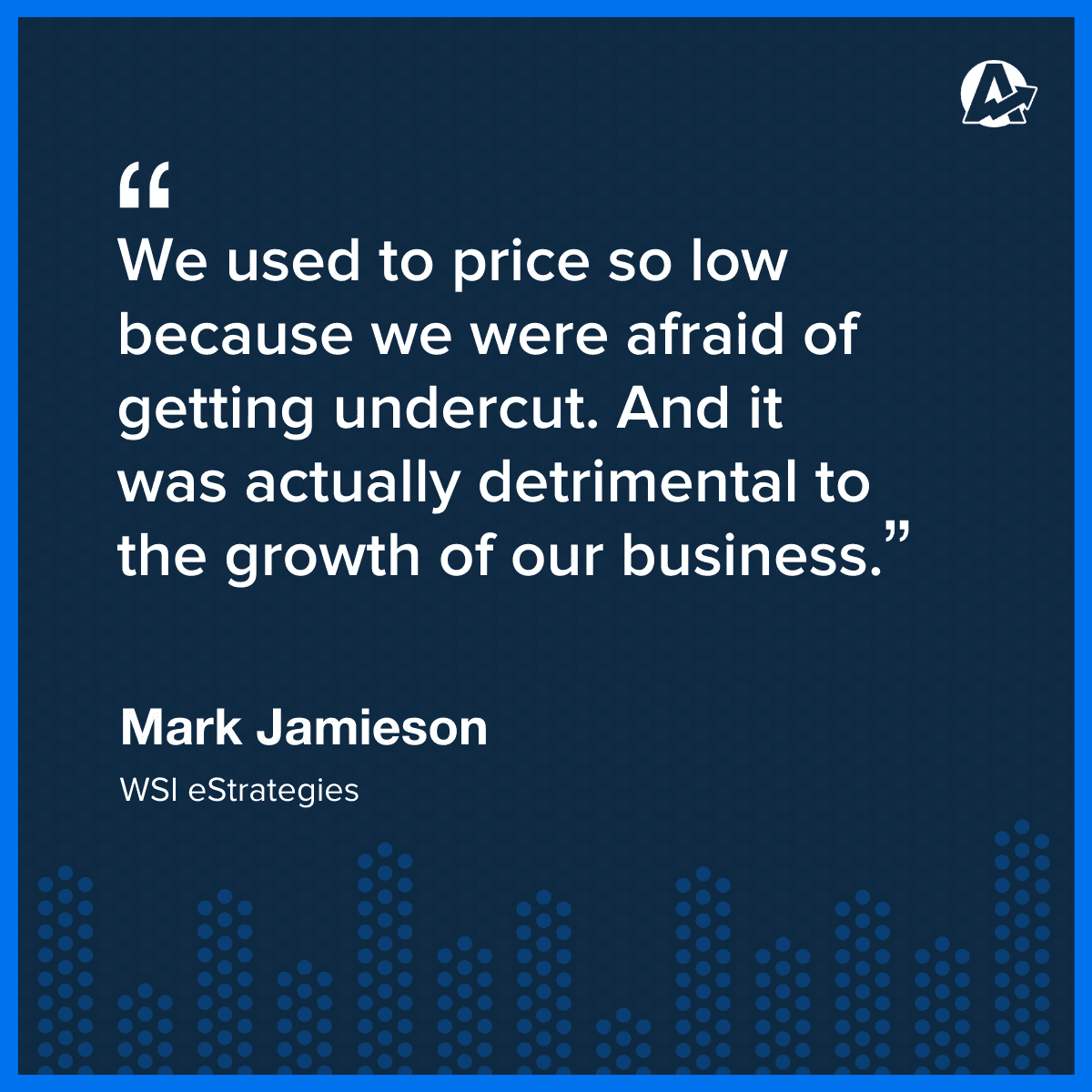
How To Raise Your Agency’s Prices for Legacy Clients
Wondering how to increase your agency’s prices and keep your legacy clients–without causing any conflicts? Here are a few actionable steps to follow.
1. Assess Their Profitability as a Client
To better understand legacy clients' profitability, it's crucial to evaluate all financial factors. Consider your agency’s costs like:
Overhead and operational expenses (e.g., office rent, staff salaries, marketing subscriptions)
How many billable hours your legacy clients typically require
Profitability metrics (e.g., gross profit margins, net profits, delivery margins, etc.)
The customer acquisition cost to replace them as a client, should they decide to leave
If the numbers don’t make sense, it’s a cause for concern. For example, you don’t want to end up in a situation where you’re increasing revenue but getting next-to-nothing profits because of an underpriced legacy client account.
You may find it better for your agency’s long-term financial health to risk losing that client. Then, use that bandwidth to onboard a new client with improved profitability.

In these scenarios, decide if retaining your clients with legacy pricing is sensible. They may no longer align with your agency's focus, or their budget might not align with your new prices.
But it all boils down to your sound judgment here. For example, keeping a reputable legacy client may bring non-financial benefits like reputation enhancement and promotional opportunities.
So before making rash decisions, evaluate this agency-client relationship from all angles.
2. Clearly Outline Why You’re Raising Prices
Approach your legacy clients’ price hikes like negotiations. To win them over, focus on strong arguments like:
Why you’re increasing rates (e.g., the rising cost of marketing subscriptions)
Any notable accolades or accomplishments during the time they’ve been your clients
How much time has passed since the original pricing was enacted
Any new processes or deliverables (e.g., increased resources and task management assigned to their accounts)
To reiterate your agency’s value proposition, you’ll need the historical data to show what you’ve delivered throughout your agency-client relationship.
Did you help their conversion rates to increase dramatically since their initial client onboarding? Perhaps their eCommerce revenue has tripled since your agency streamlined its marketing strategies.
Whatever the case may be, numbers are your allies. Use a data-driven approach to show what you’ve achieved and why you’re worth investing in.

Create marketing dashboards and reports across date ranges to easily spot trends and show improvement over time. Let the numbers do the talking–invest in AgencyAnalytics today, it’s free with a 14-day trial.
3. Raise Prices Gradually
If you’ve been working with a legacy client for a long time, they’re probably at a substantially lower rate, and bringing them up to your current rates might prove a too big jump.
Consider implementing a phased approach to price increases instead of abrupt changes. This lessens the blow and allows clients to adjust and adapt more gradually.
However, the downside is that you’ll have to repeat the price hike process several times. Be open with your clients and outline the price upgrade schedule to them. And if they’re comfortable doing it in a single jump, do it. Otherwise, bring them up in smaller but regular steps.
4. Whatever You Do, Don’t Apologize
When approaching your legacy clients with your agency’s updated pricing structure, remember to:
Thank them for the time they’ve invested in your agency
Reiterate how much you value your agency-client relationship
Keep the line of communication open–encourage them to ask questions or share concerns if needed
Prepare for objections such as:
“I don’t understand why your prices are raising”
“Your competitor charges $X less”
“I thought we’d get a better rate for such a long-standing business relationship”
Express acknowledgment for any concerns and be prepared to justify your pricing adjustments. And while you may have some buffer room for negotiations, keep firm boundaries and focus on solid reasoning.
If someone says our services cost too much, I'll ask what they mean by that. If they don't have the budget, I will ask them what a "fair" price is. Using the word fair is important because they will usually give a fair price (not the first price that comes to mind). We also outline everything we are doing and what they can expect.
Derek Cosgrove, Sr. Account Manager at seoplus+
What To Do if a Legacy Client Rejects the Price Hike
Not every client will be happy with your price increase. They might not have the budget to cover your rates or may even try to handle the work independently.
But if you believe this legacy relationship is worth continuing, there are a few strategies to consider.
1. Renegotiate the Scope of Work
Restructure the work you’re doing for a legacy client by working within their budget instead. This could mean reducing their billable hours or dropping tasks from the scope of work.
If you decide on this route, be sure to:
Reevaluate their marketing strategy and see if anything has changed (e.g., a decreased focus on social media over the past few months)
From there, decide if any non-priority or administrative line items can be dropped from their scope of work
Evaluate whether they’re better equipped to handle some elements on their own. For example, perhaps your client has expanded their team and now has a resource that can reply to social media messages
See if you can streamline or automate any repetitive processes, such as client reporting, to reduce the number of hours spent supporting the legacy client.
2. Use a Client With Legacy Pricing Account as Training for Junior Staff
Training junior staff poses specific challenges, doesn’t it? For one, you don’t want an inexperienced person to tinker with a big account and potentially cause losses for the client. At the same time, there’s no better way for them to learn than by working on a real account and solving real client problems.
Here’s a win-win solution. Create an arrangement with legacy clients that involves using their accounts as training platforms for junior employees (under direct supervision, of course).
This could be a great way to train new staff while assigning your more experienced (and therefore more expensive) employees to higher-paying clients. At the same time, your legacy clients won’t have to worry about price increases–for now, at least.
3. Offer Incentives for Long-Term Commitment
Your legacy clients want to feel valued and appreciated. After all, they’ve been with your agency for the long haul and supported your business. Why not reward them by including a low-cost-to-full incentive with their price increase? Here are a few to consider:
Exclusive features (e.g., premium customer support)
Offering freebies or discounts that don’t severely affect your agency’s margins. For example:
A free copy of your latest e-book
Access to marketing training programs
Networking opportunities (e.g., guest posting with other reputable clients)
Complimentary service upgrades (such as throwing in 3 free social media posts in their monthly recurring marketing package)
Referral programs (e.g., getting one month of free agency services for each referral)
Custom reporting and live dashboards to provide marketing reports that go above and beyond what they could expect from another agency
AgencyAnalytics gives our clients clarity and confidence because of how easily we can communicate our efforts and results to them on a frequent, consistent basis. It really elevates our professionalism and is part of what allows us to charge the prices we know we're worth.
Lane Anderson, Founder & CEO, London Road Marketing
How to Exit From Legacy Clients You No Longer Want to Work With
If you’ve exhausted all your options, there may be one solution left: letting go of that legacy client.
Perhaps it isn’t sustainable. Or maybe the client is so unhappy with the price increase that they’ve quickly transitioned from being one of your best legacy clients to a dreaded toxic client.
We have a firm policy around mutual respect between our team and clients. If we feel that line has been crossed, we unapologetically terminate that client by simply stating that we are no longer the right fit for each other.
Brittany Woitas, Founder of Kōvly Studio
Regardless of the case, it’s never an easy decision to let go of legacy clients, but sometimes it’s necessary. Here are a few steps to follow:
Review the terms and conditions in your agency-client contract (e.g., how much advance notice is required)
Have a conversation about why the business relationship isn’t working out. Keep things professional, calm, and to the point
Follow up with a written overview of your conversation and clearly outline why you’re parting ways
Thank your legacy clients for their past business and the opportunity to work together
Come up with a plan for finishing up outstanding deliverables
If you’ve ended on a good note, consider providing a referral for a replacement (e.g., a freelancer)
Value Your Legacy Clients, but Also Know Your Agency’s Worth
Transitioning clients from legacy pricing to higher prices can be a challenging endeavor. These valued clients have been loyal supporters since the inception of your agency, playing a pivotal role in its establishment and success.
And so, it’s sometimes daunting to adjust their rates even if it’s warranted. In summary, remember to:
Communicate clear reasons why you’re raising prices
Consider doing an incremental price increase over time so it isn’t as drastic
Keep the line of communication open and be prepared to handle any objections
Highlight your agency’s value and the results you’ve produced over time
Even if your clients that have legacy pricing know what you’re capable of doing, you’ll still need the numbers to back it up. And all that rich historical data won’t mean much if it’s tucked away in some outdated manual spreadsheet!
No need for archaic reporting methods. Use a platform like AgencyAnalytics to monitor your clients’ metrics and track results over time. That way, you’ll have the results to justify your price increase.
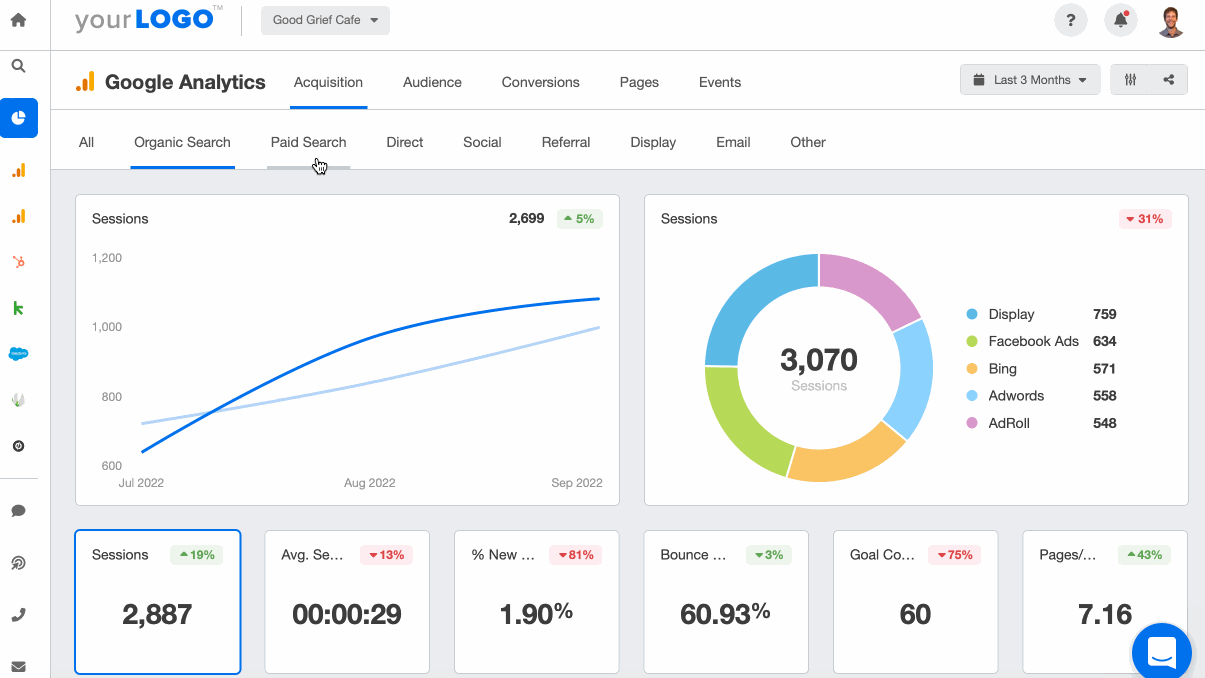
There's trust that comes with the agency/client relationship when you offer complete transparency instead of just a white sheet once a month with some numbers on it.
Brooke Lamberti, Director of SEO, RiZen Metrics
Prove your agency’s worth by focusing on your agency’s ROI. Use AgencyAnalytics to easily track progress towards goals and show the big picture of your marketing efforts–start your free 14-day trial today.

Written by
Faryal Khan is a multidisciplinary creative with 10+ years of experience in marketing and communications. Drawing on her background in statistics and psychology, she fuses storytelling with data to craft narratives that both inform and inspire.
Read more posts by Faryal KhanSee how 7,000+ marketing agencies help clients win
Free 14-day trial. No credit card required.




